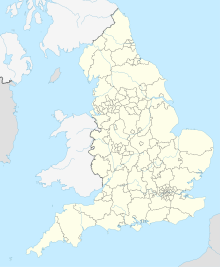Birdlife
As the Hayle Estuary is the most south westerly in Britain it is important for wintering wildfowl, waders and gulls as well as for vagrants from North America. The most numerous ducks on the estuary are Eurasian teal and Eurasian wigeon, with a few gadwall and smaller numbers of common goldeneye and red-breasted mergansers. Waders in winter include some red knot, spotted redshank, common greenshank and common sandpiper among the more common species. Little egret are also present. In passage times the numbers of waders increase and North American vagrant species are recorded with some regularity, the most frequent being pectoral sandpiper, white-rumped sandpiper and long-billed dowitcher. [4]
Industry
Hawke's Point Mine (also known as Wheal Fanny Adela) was in operation between 1851 and 1870, producing 670 tons of copper, 1 ton of ochre and some tin. The main workings were at Carrack Gladden and tunnels can still be seen from the beach. [5] The workings at Hawke's Point was reopened in 1883, employing nineteen men. An old adit narrowly missed a copper lode and cobalt was also found. [6] ″Mine materials, Machinery and Effects″ were sold by auction on 31 October 1884. Lots included a 40 feet (12 m) long wood-built house with galvanised iron roof, horse-whim, portable forge, stone crusher, etc. [7]
This page is based on this
Wikipedia article Text is available under the
CC BY-SA 4.0 license; additional terms may apply.
Images, videos and audio are available under their respective licenses.


